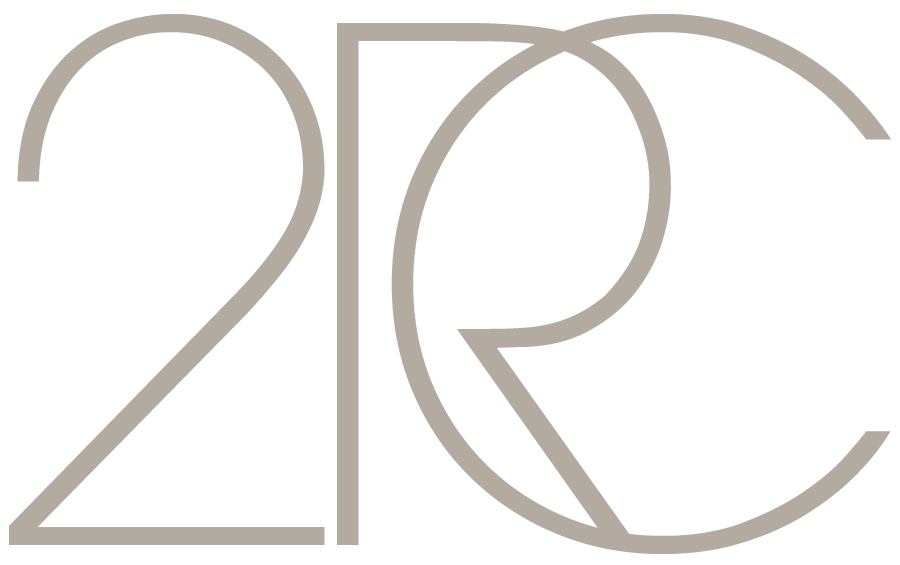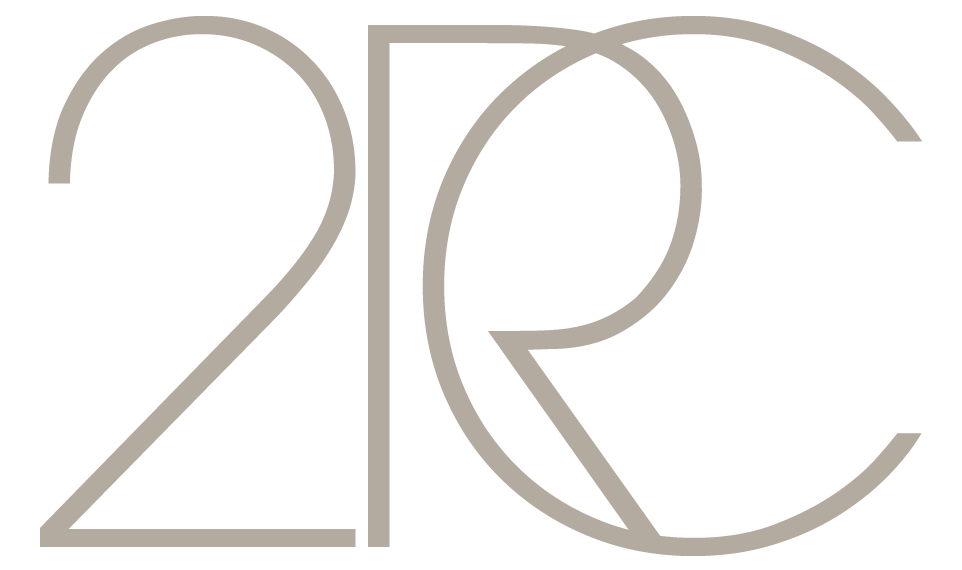The Doublefold Dream of Art
2RC between Artist and the Artificer
Luxun Academy of Fine Arts
Shenyang - 2009
A;fter the great success at the Central Academy Museum in Beijing, with which XNUMXRC began a technical-artistic collaboration in the field of engraving research, donating the great Decebalus Calcographic Press (designed by Valter Rossi in XNUMX), the exhibition itinerant “Double Dream of Art. XNUMXRC - between artist and maker”Is presented at the Luxun Academy of Fine Arts in Shenyang, with the support of the Italian Cultural Institute in Beijing.
The exhibition "Double Dream of Art 2RC - between artist and the Artificer" it gathers 169 large works by the artists who worked for 2RC, presenting a large collection that spans the history of art from the XNUMXs to today and offering the public a very rich panorama. As Bonito Oliva himself wrote in the essay in the catalog, " the collection is the crossing of the history of contemporary art from the Sixties to today, beyond any generational and poetic limit. It represents a panorama, international for presence and quality, absolutely reliable of the artistic creation of the second half of the XNUMXth century to today. All-Italian creative tradition".
The artists on display are: Valerio Adami, Afro, Pierre Alechinsky, Francis Bacon, Max Bill, Alberto Burri, Alexander Calder, Giuseppe Capogrossi, Eduardo Chillida, Francesco Clemente, Pietro Consagra, Enzo Cucchi, Piero Dorazio, Lucio Fontana, Sam Francis, Helen Frankenthaler, Adolph Gottlieb, Nancy Graves, Renato Guttuso, Jannis Kounellis, Yuri Kuper, Alexander Liberman, Giacomo Manzù, Henry Moore, Louise Nevelson, Victor Pasmore, AR Penck, Beverly Pepper, Arnaldo and Giò Pomodoro, Man Ray, Giuseppe Santomaso, Julian Schnabel, George Segal, Pierre Soulages, Graham Sutherland, Shu Takahashi, Joe Tilson, Walasse Ting and Victor Vasarely.
Philography - Conference by Walter Rossi
Starting from the 50s when, erroneously, the term Press, in the sector of art lovers, it was considered a more or less sophisticated form of reproduction. Engraving was rarely applied by artists as they proceeded. Few artists did the “Hayter” engraving school, for example, which was followed by some artists who were only curious about his new printing method, repeating, more often than not, the technical gesture typical of the great master engraver.
This part is already to be considered a first great step towards research, while remaining one of the few examples of that era, it did not teach anything to the employees who, in the various printing presses and graphics academies around the world, have repeated without any innovation, becoming more than ever to traditional techniques.
This is what we immediately understood and that convinced us starting from scratch, using the challenge launched by Lucio Fontana. This is where ours is born Research which, from that moment on, was our true motivation and continuous reference.
The research had to be done as a function of a continuous and profound study of what was happening in the world of the figurative arts.
The love we had for art, consolidated by attending Brera, had given us the opportunity to meet high-level teachers (Guido Ballo) and, from them, to learn how, through criticism, it was possible to grasp the profile of the artists that over time were outlined in the different currents and that according to theirs artistic closeness to the world of graphics, could be solicited by us, as well as by the results, by ideas and provocations, which up to that moment we could offer.
Time could not be considered because, from the beginning, the artists we had focused on were among the most difficult to reach, with considerable protection of their privacy even by their galleries. Each time it was a great work of study and deepening, not only of their particular way of working, but also of their dreams, character and their follies; useful to arrive prepared for contact and meeting. The psychological part played a fundamental role, knowing a priori how much attention, discretion and modesty to dedicate. We were very young to be able to show what we could do for them, and they didn't know how much we were willing to put into play. The quality was sought precisely where the limits of painting and sculpture were manifested, where the engraving technique manages to bring out the instinctive part, mediated by an indirect technique which, as a propensity, sends the image back to a subsequent process (the printing of the first proof) which allows you to verify the various stages, avoiding the regrets that in painting and sculpture, most of the time, take away freshness from the work while, in engraving, each intervention makes it grow, bringing it to an unrepeatable value in other painting techniques.
Everything was projected towards the interpretation of the visions of the artists who with their provocations urged us to find solutions where, more than the technique itself, was needed the invention that would have convinced them.
We should have formulated a different graphic philosophy, the one that today makes us think of a name "PHILOGRAPHIA " that he identified it, that he qualified it, that he clearly differentiated it philosophically and that he isolated it from everything else for its clear values and contents.
Years and months passed solicited by perennial challenges and our life was nourished by continuous hopes and joys, contributing to the best success of the graphic works with all of ourselves. Anyone on that circuit gave his best because he knew he was being watched by an audience of experts, who did not allow rest.
The same audience became the actor and the main characters: the artists, the architects, the technicians had to give their all because they were urged by the total availability of everyone. By availability we mean all the previous experience of all the actors involved who, with their participation and presence, have gradually created a " soul”Autonomous at the disposal of the artist who used it and enriched it at the same time.
The impossible dimensions were only to be imagined, the number of colors and their quality had no limits, the technique with which they could freely move was in their hands, concretely realizing that they were in a world that helped them to discover new possibilities even at the inside their exclusive work.
For long periods the artists have lived with us real Full immersions: in our studio, in our home, in their ateliers, in their homes, in environments created on purpose and transferable to the artists, to be able to experiment in the full freedom of time and technique.
Whole days were spent meditating, reflecting on the developments and implications that would arise and how to solve them, perhaps collecting leaves and flowers in the garden and in the woods with Nancy Graves, to then create compositional solutions that, inexorably, would come; all interspersed with lunches and dinners that Eleonora invented, for the ease of the artists and guests, at the Ara Coeli, at the Teme di Caracalla, in Broome Street, rather than at Montouk (Long Island) where, with Julian Schnabel, he alternated between dinners based on seafood and working on copper plates in his studio-amphitheater outdoors, under the sun and with the constant risk of acid drying out too quickly.
Our ability to grasp the times, the ideal moments to propose or
starting the job we had been craving for a long time, came from the splendid and formative experience with Burri that had made us understand that what did not exist was expected of us, beyond rigor and never compromising.
Sam Francis' magic took us to Point Ryes (California), in a small Motel on stilts, overlooking a Pacific bay, where we stayed for fifty-nine days. The beginning was burning, Sam no longer needed to roughly imagine future results, he was now sure and went further. As a dreamer he was, he found himself amazed by an image he created himself, and thus produced a large number of subjects. This great effort revealed to us how much it cost him after the therapists took several days to bring Sam back to a normal situation and we realized that the splendid work done was a real tribute to life: the shapes, the rhythms, the brightness. color, tension, vibration, balance and joy… it put art above one's own life.
And 'the passion that pushed me to find solutions for many unthinkable, at any time and in any way: from the engraving technique, in all its possible elaborations, to the research of materials, to the design and construction of printing machines and all the useful equipment in the various passages of the techniques that were first tested and then applied. Collaborating with paper mills to produce large format paper with the best features for engraving printing, and everything that I instinctively solved to open doors of future possibilities. And the passion that multiplied Eleonora's knowledge in imagining in advance the colors that the artist had in the palette of her mind and that she would have liked to express. It seems simple, but it is not, because it is an absolutely rare gift, I must say unrepeatable at its level. Being close to him, over many years, I realized that starting from his assumptions, with modesty, it is possible to achieve good results but in any case you have to start with small doses of color and look for the base from which to start and from there always in very small doses. combining colors that have the useful complementarity to achieve the color desired by the artist, however for Eleonora everything is simpler, given her innate sensitivity. There hasn't been a single artist in 50 years who hasn't been amazed. They realized from the first test that Eleonora had entered their world by leveling a ground for them where the color, at the time of printing, depends on the plate and on the treatment to which it has been subjected, no longer on the brush, and it was necessary to live the technical act. closely together, knowing where the artist wanted to go, to understand how the color would appear on the paper, surprising us too most of the time.


